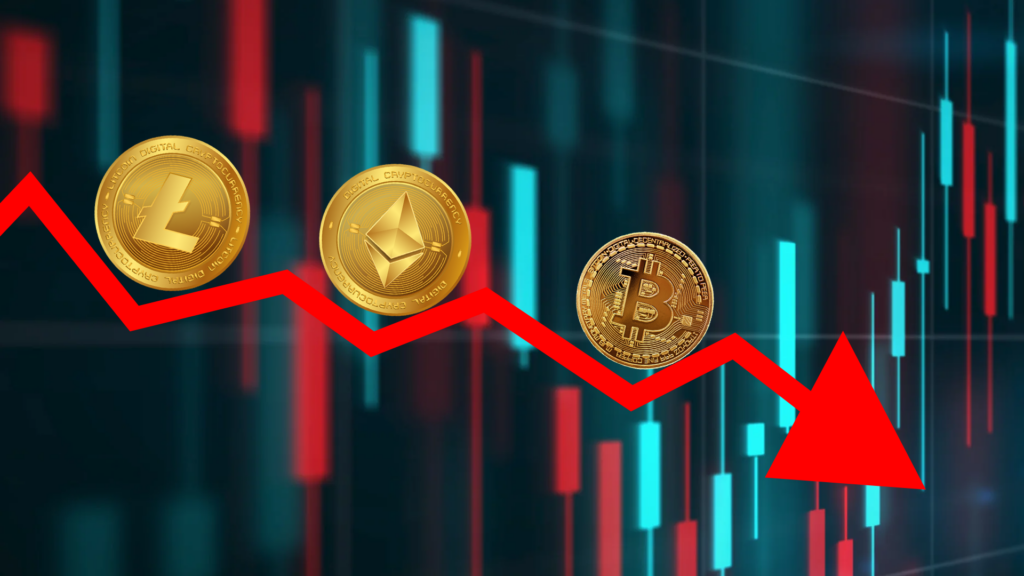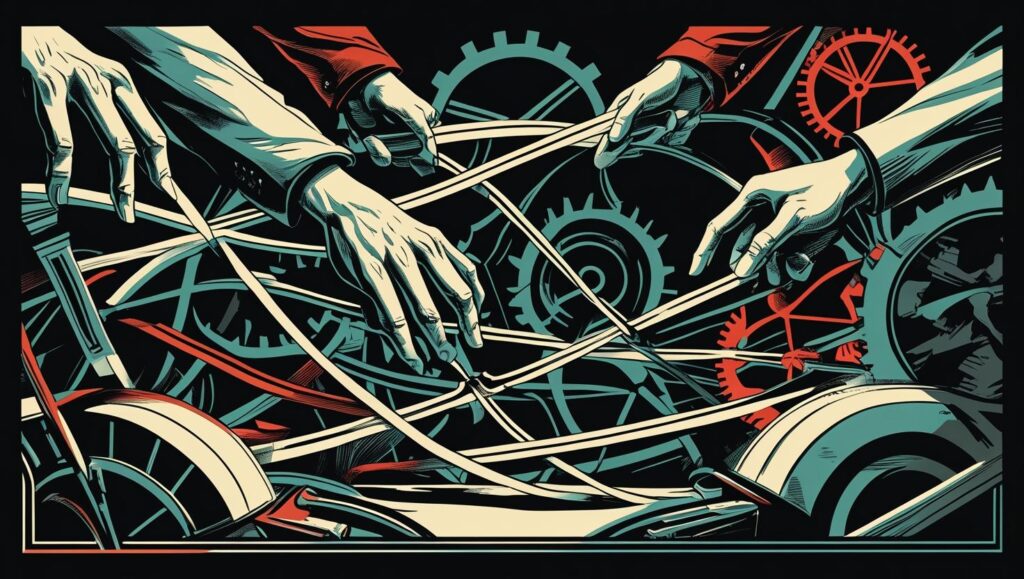
A Deep Dive into the Decline
The cryptocurrency market, long celebrated for its meteoric rises and radical financial vision, is now enduring one of its most significant downturns in recent memory. Bitcoin, Ethereum, and countless altcoins are plummeting in value, wiping out billions in investor wealth seemingly overnight.
But this isn’t just another crypto correction. This is a multi-layered collapse triggered by a perfect storm of macroeconomic shocks, trust failures, political entanglements, and a maturing (but struggling) industry reckoning with its own contradictions.
So, what’s really causing the 2025 crypto crash? Let’s peel back the layers.
1. 🎯 The End of “Easy Money” – Macro Pressures Mount

For over a decade, cryptocurrencies thrived in an environment of low interest rates and loose monetary policies. But 2025 marks the fifth consecutive year of aggressive monetary tightening by global central banks.
Why It Matters:
- High interest rates mean higher yields in traditional assets like bonds.
- The risk/reward ratio for speculative assets like crypto has become unfavorable.
- Retail investors are more cautious; institutions are reallocating to “safer” options.
Crypto no longer holds the spotlight—it’s now sharing the stage with safer, steadier contenders.
2. 💸 Liquidity Drought: Not Just Fewer Buyers, But Fewer Believers

Crypto once benefited from an almost religious belief in decentralization and digital autonomy. But confidence is fading.
Trends we’re seeing:
- Venture capital dried up in Q2 2025, with Web3 funding dropping nearly 65% YoY.
- Trading volumes on decentralized exchanges have plummeted.
- Stablecoin redemptions are on the rise—investors are pulling money out, not rotating it within crypto.
This isn’t just a price crash—it’s an ideological cooling.
3. ⚖️ Regulatory Whiplash and Government Power Plays

If 2024 was the year of global crypto adoption, 2025 is shaping up to be the year of government clawback.
- The U.S. proposed a Federal Strategic Bitcoin Reserve, sparking fears of future confiscation or centralized control.
- The EU’s MiCA implementation has been slower than expected, but incredibly restrictive for smaller projects.
- Several countries are limiting the use of privacy coins, citing AML and terrorism financing concerns.
The decentralization dream is facing a very centralized pushback.
4. 🕳️ Cracks in the Infrastructure: Security Fails and Scams

While most media outlets focus on price, under the surface lies a critical trust issue.
- Major centralized exchanges were hacked in early 2025, with Bybit losing over \$1.5 billion in assets.
“A major Ethereum Layer 2 network suffered a critical security flaw, triggering an emergency hard fork and leaving investors in a fog of uncertainty.” - Recovery of lost funds led to unintended tax obligations, spooking U.S. investors.
These repeated failures are destroying the promise of crypto as “trustless.” Instead, we’ve entered the age of trust fatigue.
5. 📉 Social Sentiment Shift: From HODL to “Wait and See”

Crypto was once a movement. Today, it feels like a market with no soul.
What’s changed:
- NFT hype cycles have burned out. Floor prices are irrelevant.
- The memecoin craze of early 2025—sparked by political figures like Donald Trump—turned into a PR disaster.
- Reddit and X (Twitter) communities that once coordinated bullish rallies are now filled with apathy or bitter sarcasm.
Even diamond hands have turned into disengaged hands.
6. 📉 Algorithmic Fragility: Leveraged Wipeouts

DeFi platforms, many still reliant on over-leveraged mechanisms, have seen cascading liquidations. Some of the largest on-chain liquidations in history occurred in May 2025.
- Poorly collateralized loans
- Price oracles failing during volatility
- Bots exploiting liquidity mismatches
The very architecture that made DeFi “exciting” is now accelerating the decline.
7. 🛑 The Maturity Wall: Crypto’s Identity Crisis

Above all, crypto is crashing because it’s confused about what it wants to be.
- Is it a hedge against inflation or just another tech stock proxy?
- Is Bitcoin digital gold or a political tool?
- Are altcoins part of a new financial system or just speculative assets with clever marketing?
In 2025, the market is waking up to the fact that many projects don’t actually solve real-world problems. The narrative moat is drying up.
📊 Is There a Path Forward?
Yes—but it’s not through another memecoin, flashy whitepaper, or billionaire endorsement.
A reset is underway:
- Projects with real-world utility (tokenized assets, supply chain, identity management) will survive.
- Privacy and sovereignty tech will regain attention, but under tighter rules.
- Bitcoin may stabilize, but its “rebel” identity is fading as governments assert control.
Crypto is crashing because it must evolve—not just technologically, but philosophically.
✍️ Final Thoughts: Not the End, But an Inflection Point
This crash isn’t the end of crypto—just the end of crypto as we knew it.
Speculation without substance has been exposed. Shiny tokens with no purpose are losing value. And the community is grappling with its place in a world that’s finally taking crypto seriously—not just as an investment, but as a threat, tool, and experiment.

